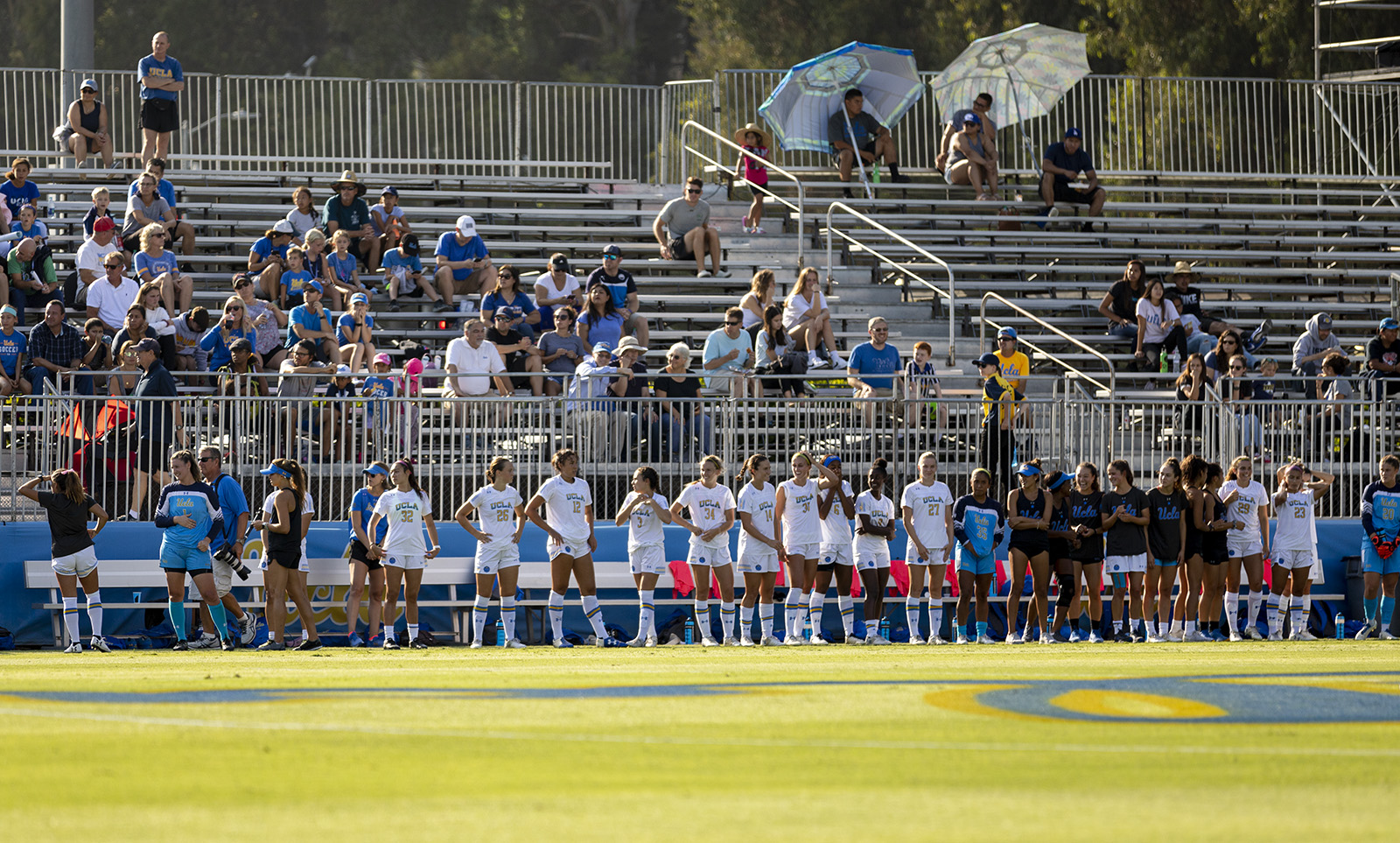there are different levels and if your kid is getting a verbal, you want to note exactly what the offer is. Whether it is “cost of attendance”, whether it is limited to in state tuition and you’re out of state, etc. I believe the highest level is full ride, cost of attendance (and I think that phrase - cost of attendance - must appear on the NLI when the time comes). This is a good resource:
https://www.athleticscholarships.net/cost-of-attendance-spending-money.htm.
in our experience, in the early stages, they speak of percentages or “full ride”. They don’t say “we are offering you a partial”, it is more, “first year is W%, second year is X%, third year is Y% and last year is Z%”. We’d ask some questions to drill down on what all of it meant, what was covered. Those are appropriate questions for the parents to ask even as the kids should drive more of this. I think coaches get that but you have to be know that you can F it up if you “negotiate” too much (though that will also be a function of where your kid falls as a target for the program.)
Not sure if this is now broader than Power 5, but Power 5 guarantees 4-year awards. That is significant because it used to be one year, renewable and programs could choose not to renew (that may still be the case outside of P5). That’s no longer the case so if your kid was due 100-100-100 for her last 3 years and she really is not a college level player, the school still needs to cover the award. (My kids had a babysitter some years ago who played college volleyball (D2 I think but I can’t remember). They tracked every stat in practices in addition to games. Why? It’s how they earned their next year’s awards). If not guaranteed by default, the NLI can be specific in that regard and that’s the binding agreement.



